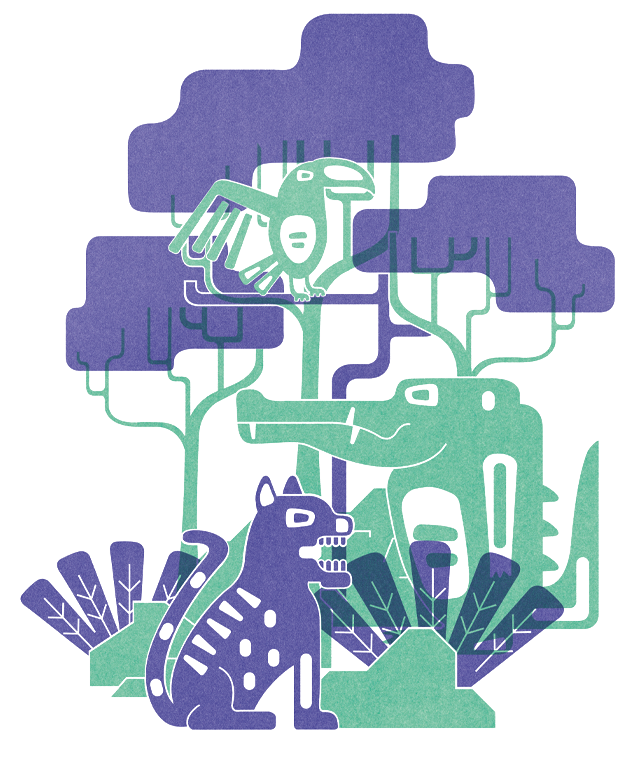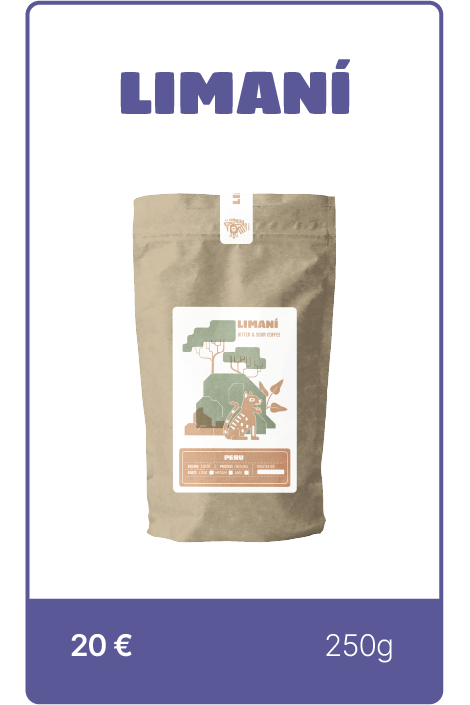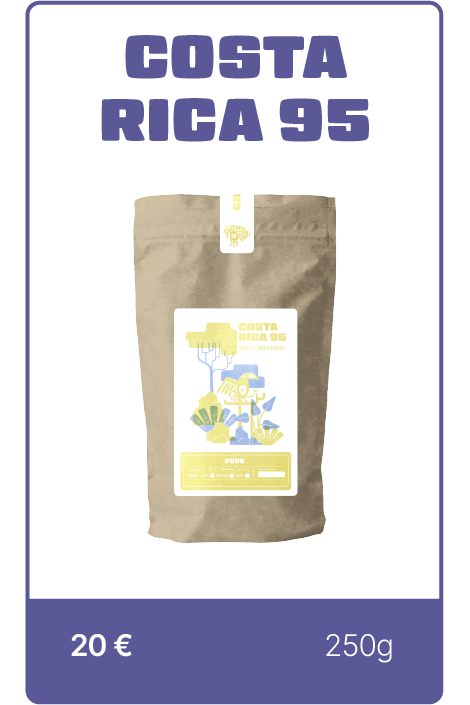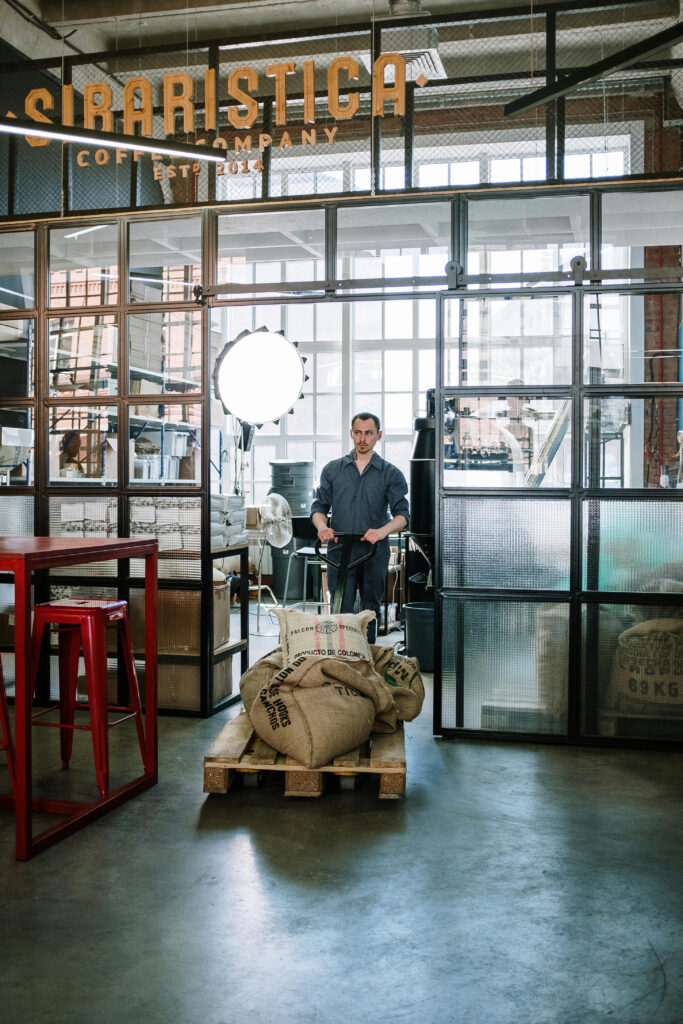
Experience the authentic flavour of Peru, roasted with passion in Luxembourg. Our roastery combines carefully selected beans from the high altitudes of Peru with traditional craftsmanship. We stand for sustainable production, fair partnerships with our coffee farmers, and an uncompromising dedication to quality. Discover aromatic roasts that bring the diversity of Peru to life in every cup. We stand for sustainable production, fair partnerships with our coffee farmers, and an uncompromising dedication to quality. Discover aromatic roasts that bring the diversity of Peru to life in every cup.



In a small village in the Peruvian Andes, where the mist gently shrouded the mountains and the air was fresh and cool, lived Ben and Sina, two coffee bean farmers who tended their fields with passion and dedication. Both had planted their coffee plants just two years ago when they decided to take the long but rewarding path of coffee production.
Ben, who had been working in agriculture for years, had helped Sina prepare her land back then. She was new to the job and had little experience, but an unwavering enthusiasm that immediately infected him. Together they had selected the best varieties of Arabica coffee beans that could thrive in the higher altitudes of the Andes.
It was a difficult start. The first few months were characterised by rain and sunshine, the soil had to be nurtured and there were repeated setbacks. But Ben and Sina held on to their dreams. Their fields grew slowly but steadily, and after two years of tirelessly tending to the plants, the time had finally come: the first harvest was imminent.
That morning, as the sun rose over the mountains and turned the sky a soft golden colour, Ben and Sina stood together in their field. Their eyes glanced over the first ripe coffee cherries, which were now shining in a rich red colour.





Coffee has become an integral part of our everyday lives. Yet we know little about how coffee actually became so natural to us. Many myths surround the origins of coffee. Here at Coffee Circle, we stick to the historical facts – because the story is exciting enough.
It is recognised that the coffee plant originated in Ethiopia. According to legend, the coffee plant was discovered by the shepherd Kaldi, whose goats were jumping around after eating the red coffee cherries. Coffee was first mentioned in the Kaffa region in south-west Ethiopia as early as 900 AD. At that time, the leaves and dried cherries were infused in hot water, similar to tea, and then drunk. It was only later, when coffee travelled through the Arab world to the Ottoman Empire and later to Istanbul, that the preparation was more similar to the way it is today. The raw, dry seeds (because, strictly speaking, they are not beans) were roasted, finely ground and boiled several times in water.
The first coffee houses opened in Istanbul in the 16th century. For coffee drinkers in the Ottoman Empire at the time, however, coffee consumption was anything but a ‘coffee party’. Under the ruler Murad IV, coffee was even banned, coffee houses were torn down and coffee drinkers were persecuted and punished. Surprisingly, the Bavarians were not only born with a taste for good beer, we also owe the first coffee traditions to an Augsburg physician who travelled through the Middle East in 1582. Other travellers brought coffee back to Europe as a souvenir. This ‘souvenir’ was particularly popular with us Europeans, so that coffee houses opened in Venice as early as the 17th century, followed by London, Vienna and finally Paris. The first German coffee house opened its doors in Bremen in 1673, followed by Berlin in 1721.
